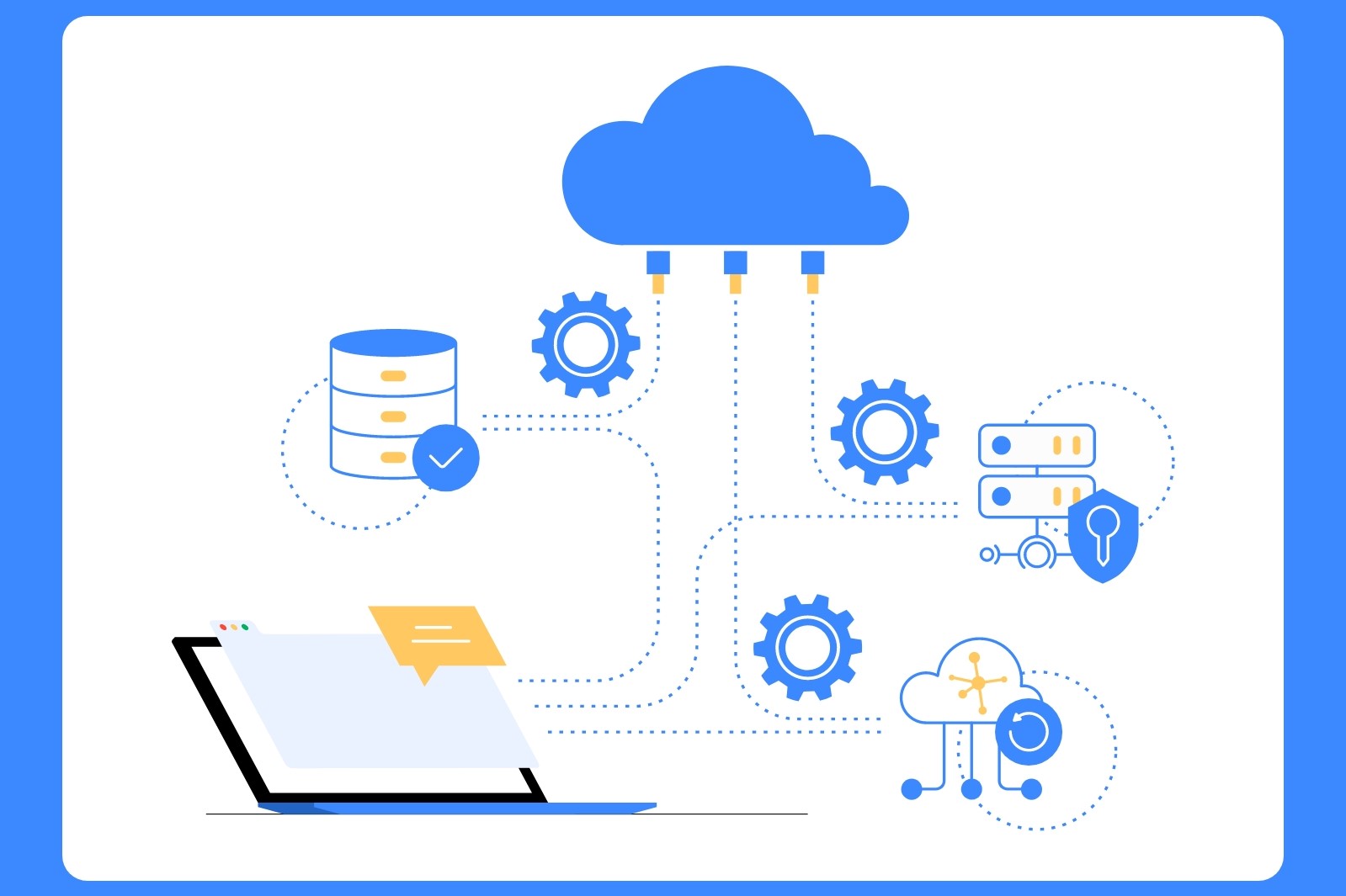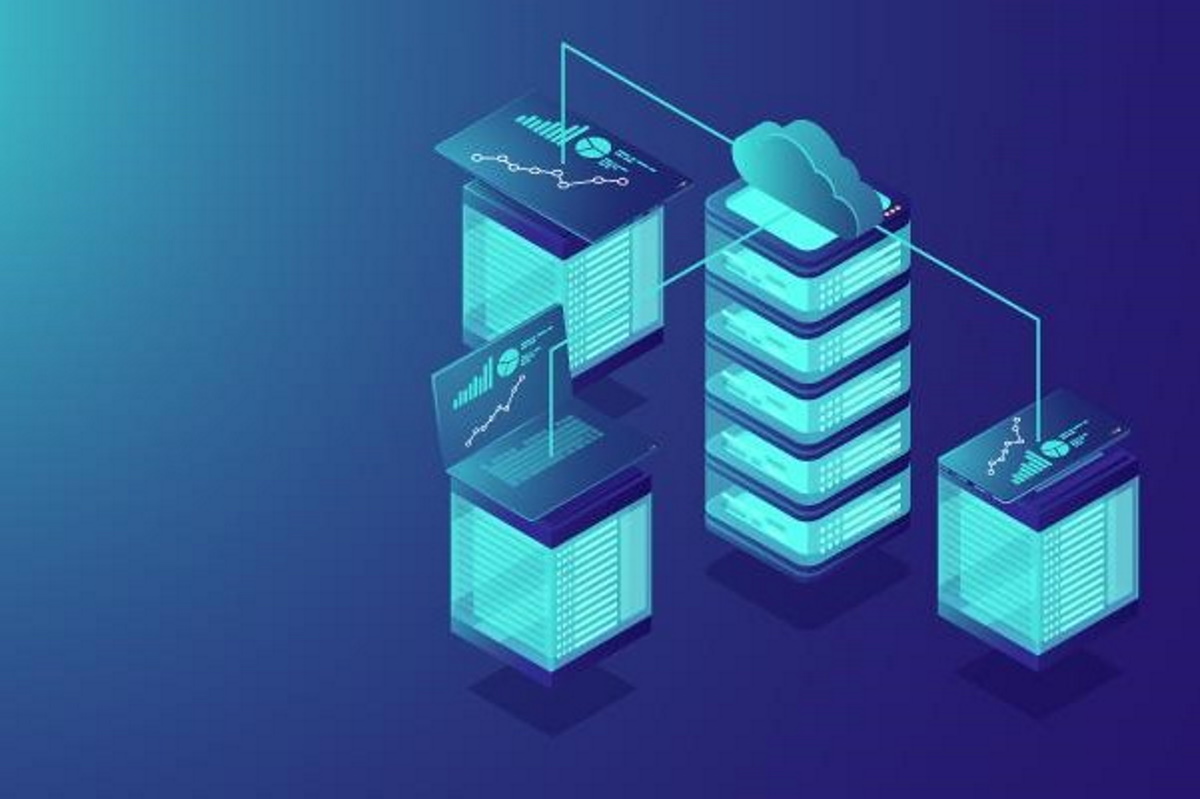
Moving to the cloud may appear easy, but you can make many common mistakes that can cause your cloud migration to falter, struggle, or fail outright. Two of the most common mistakes people make that hurt their ability to be successful in the cloud are not optimizing for the cloud and lacking an architectural strategy.
Mistake 1: Not Optimizing for the Cloud
Ever hear of a lift-and-shift migration? Moving an application to the cloud as is, without making any significant changes to the application, is a common novice migration strategy. This strategy is an easy way to move to the cloud, but more often than not, the benefits you expect to see from using the cloud will not materialize from a simple lift-and-shift migration.
For example, many people believe moving to the cloud will save money in terms of infrastructure costs. This is true for most organizations. However, organizations that perform a simple lift-and-shift often see their infrastructure costs increase after moving to the cloud.
Why is this so? In most cases, the increase is due to improper or incomplete planning before and during the cloud migration. Many of the cloud’s cost benefits come from its ability to dynamically allocate and consume resources on demand and then free the same resources when they are no longer needed. This powerful capability lets the cloud handle the scaling needs of your applications without requiring it to keep a significant quantity of spare resources in reserve to handle peak loads.
However, utilizing dynamic resources typically requires changes in your application architecture. Sometimes those changes are simple, and sometimes they are complex. But either way, if you perform a basic lift-and-shift migration and do not implement the necessary architectural changes, you end up utilizing the cloud with the same static processes that were in use on-premises. This not only eliminates a critical financial benefit of using the cloud but also can increase your overall costs. The cloud is not optimized for replacing static infrastructures, so your costs may be unexpectedly higher than they were on-premises.
Without properly optimizing for the cloud, you risk failing to meet your objectives for the cloud migration.
Mistake 2: Lack of Architectural Strategy
Even when migrating applications that are mostly ready for the cloud, significant technical planning is required. You still have to deal with migrating data, downtime management, and interservice latency during the migration. These issues require planning and management.
This is why every organization performing a cloud migration should create a migration architect role within the company. The person in this role should be the single point of decision-making for all technical aspects of the migration and handle all the planning and rearchitecting needed to make the migration successful. This role can be a full-time job for a large migration, or part of a broader architecture role for a smaller migration—but having a single, clearly defined point of contact with responsibility for all technical decision-making is critical.
Moving to the cloud isn’t always painless, but it doesn’t have to be painful. Avoiding these two common mistakes is an essential part of making your migration smooth and having it meet everyone’s expectations.





